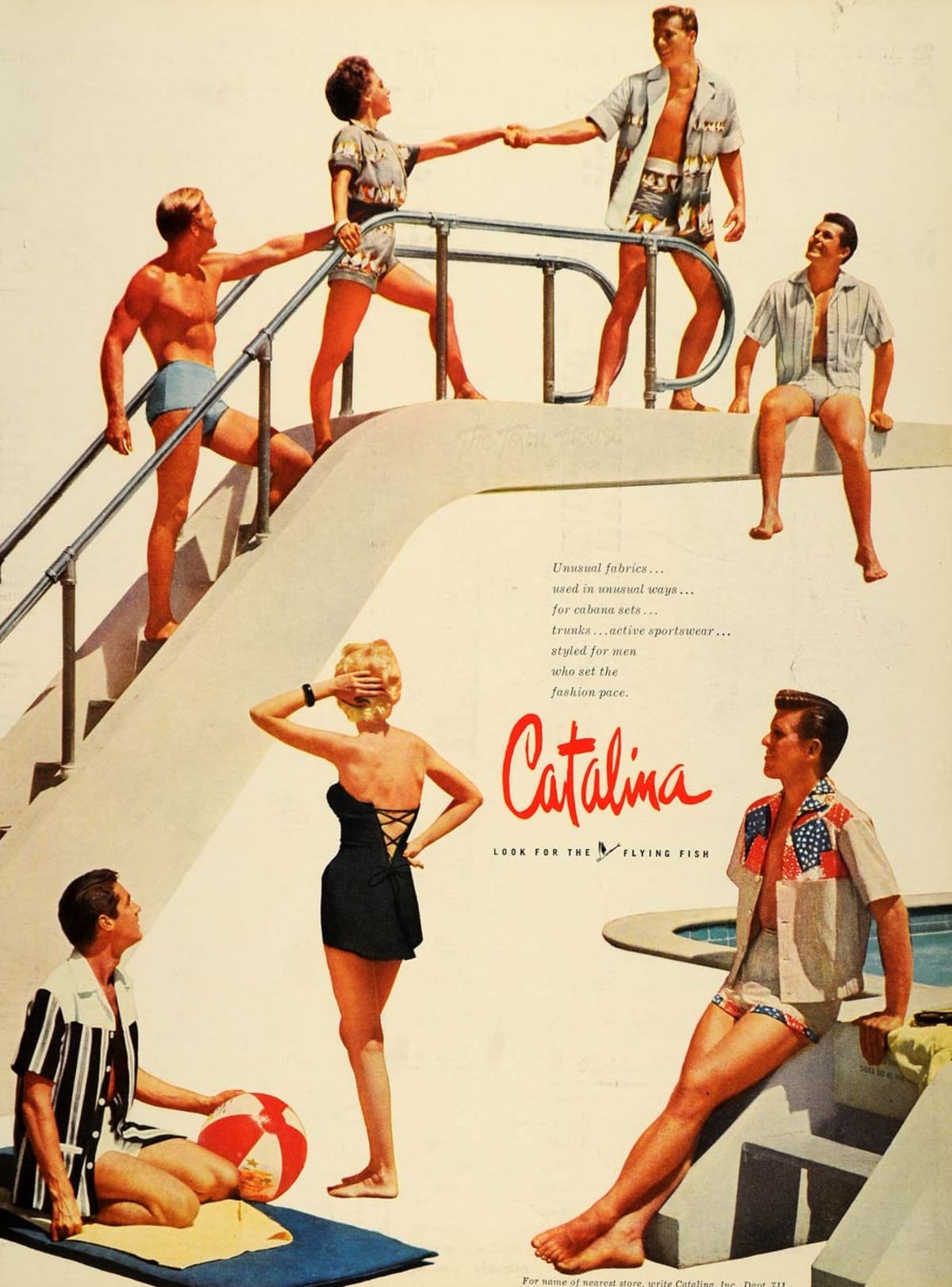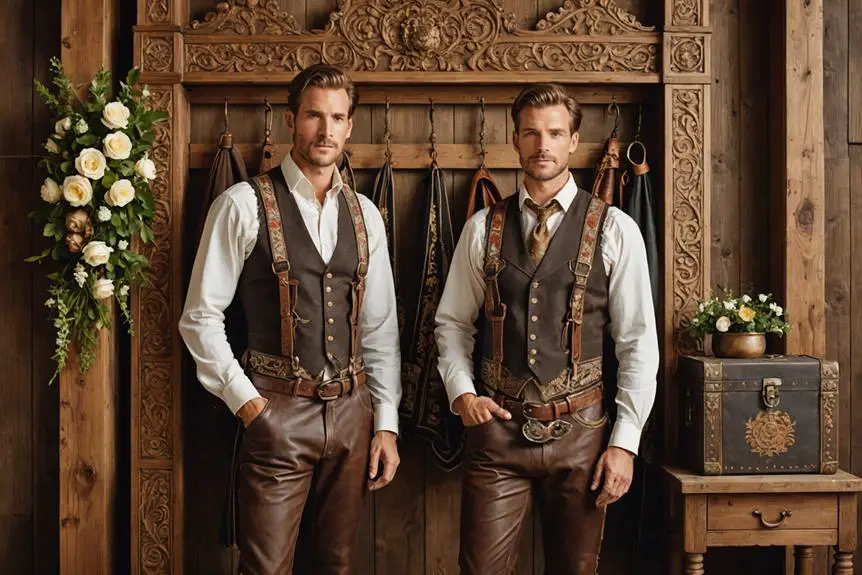Catalina is a brand of women’s swimwear. It was once one of the oldest clothing manufacturers in California. Their history began in 1907, as Bentz Knitting Mills, a small manufacturer of underwear and sweaters. The name was changed to Pacific Knitting Mills in 1912, accompanied by the introduction of swimwear to their existing knit lines. The name was changed again finally to Catalina in 1928.
Catalina founded the Miss USA and Miss Universe pageants as a promotion. This happened after a contestant in the Miss America event refused to do a photo shoot in swimwear, prompting Catalina to withdraw their support.
In the 1920s, Catalina produced increasingly daring swimwear, including the boldly striped “Chicken Suit,” men’s “Speed Suit,” and “Rib Stitch 5” suits. With the rising glitz of the silver screen in the 1930s, Catalina adopted the slogan “Styled for the Stars of Hollywood.” They added to the prestige by using Hollywood starlets, including Bette Davis, Joan Blondell, and Olivia de Havilland in their marketing campaigns. At the time, the average Catalina swimsuit retailed between five and ten dollars, equivalent to $111–$222 today (assuming 1935 dollars).
80s Catalina Clothing TV Commercial
How to tell if Catalina is vintage from the logo
Catalina is a classic brand known for its stylish swimwear and sportswear. Over the years, Catalina has updated its logo several times, reflecting changes in design trends and branding strategies. Understanding these changes can help determine the vintage of a Catalina item. Here is a guide to help you identify the era of your Catalina piece based on its logo.
1920s to 1950s Catalina logo
- The logo features a detailed and artistic palette with paint and brushes, emphasizing creativity and fashion.
- The word “Catalina” is written in a cursive, artistic font, complementing the palette design.
- The overall design is intricate, reflecting the branding aesthetics of the early to mid-20th century.
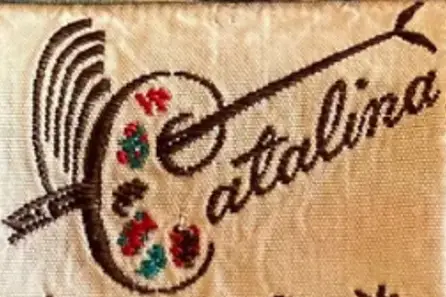
1920s to 1950s Catalina logo
1950s to now Catalina logo
- The logo is streamlined and modernized, focusing on a cleaner and more simplistic design.
- The word “Catalina” is written in a bold, italicized script with a more prominent ‘C’ that extends over the rest of the letters.
- The detailed artistic elements are replaced with a simplified, stylized design, making it easier to print and recognize.
- This logo has remained relatively consistent, indicating the brand’s established identity in the market.
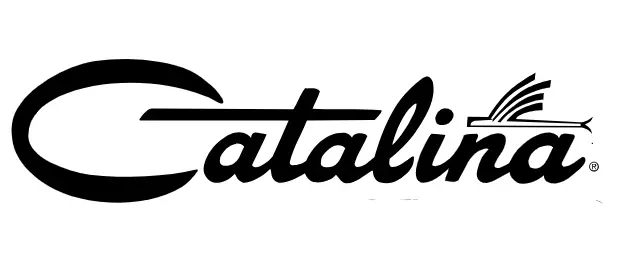
1950s to now Catalina logo
How to tell if Catalina is vintage from the tags
Catalina has undergone significant evolution in its branding and tag designs over the decades. Recognizing vintage Catalina tags can provide insights into the garment’s era of production, reflecting changes in style, materials, and branding strategies. Here’s a detailed look at Catalina tags from various eras.
Can’t identify those vintage tags or labels? Upload a picture on our vintage tag identification page, and we’ll help you out!
1930s vintage Catalina tags
- Often features intricate and artistic designs.
- Tags commonly display “Catalina” with elegant, cursive typography.
- Materials used for the tags are typically high-quality woven fabrics.
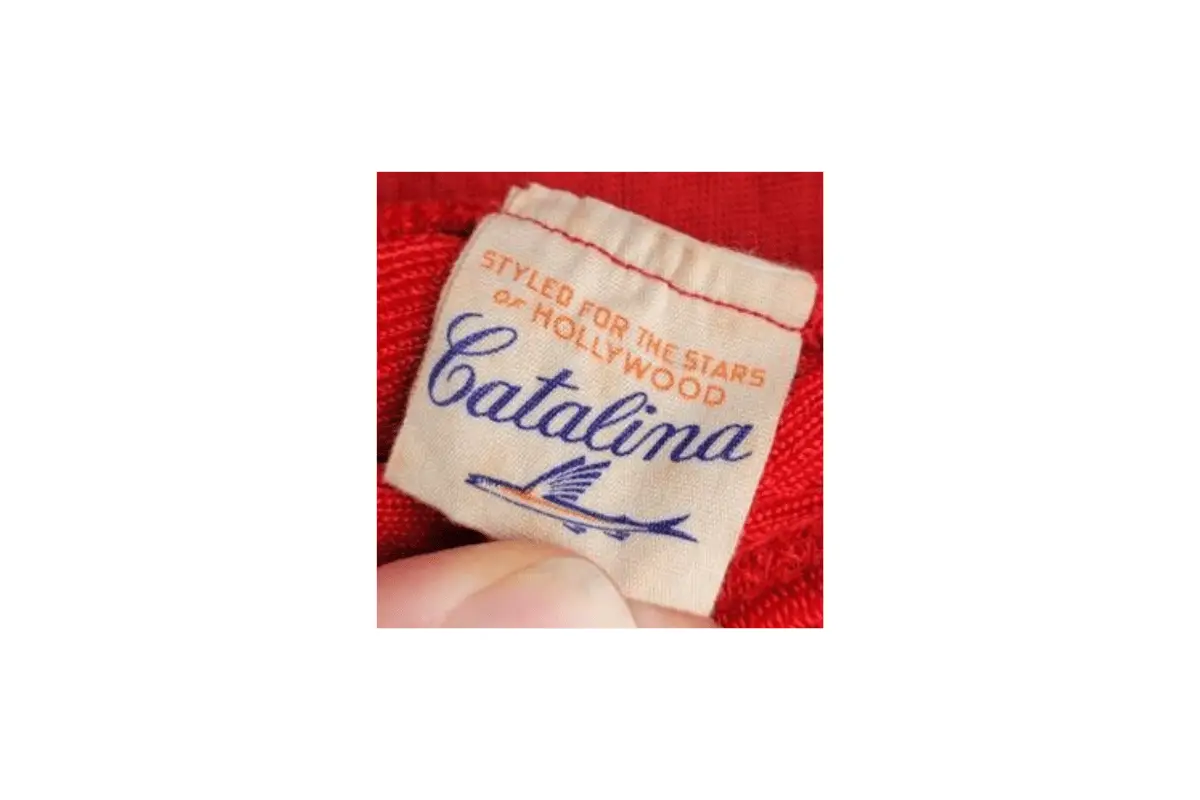
1930s Catalina tags
1940s vintage Catalina tags
- Tags during this era often feature patriotic themes, reflecting the World War II period.
- Bold lettering and clear fonts are prominent.
- Incorporation of “Styled for the Stars of Hollywood” slogan is common.
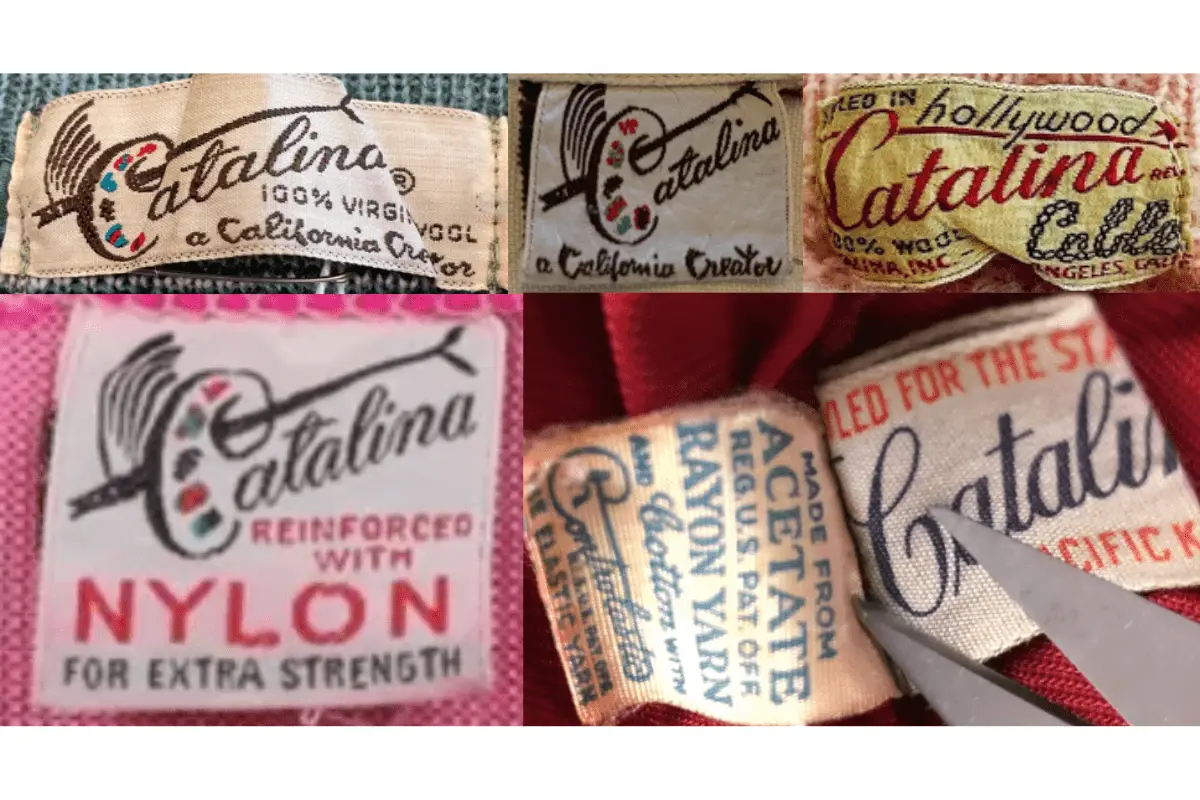
1940s Catalina tags
1950s vintage Catalina tags
- Tags frequently highlight the “Catalina” brand with bold, clear fonts.
- Use of vibrant colors and distinctive logos is noticeable.
- Tags often include materials information like “Acetate” or “Nylon”.
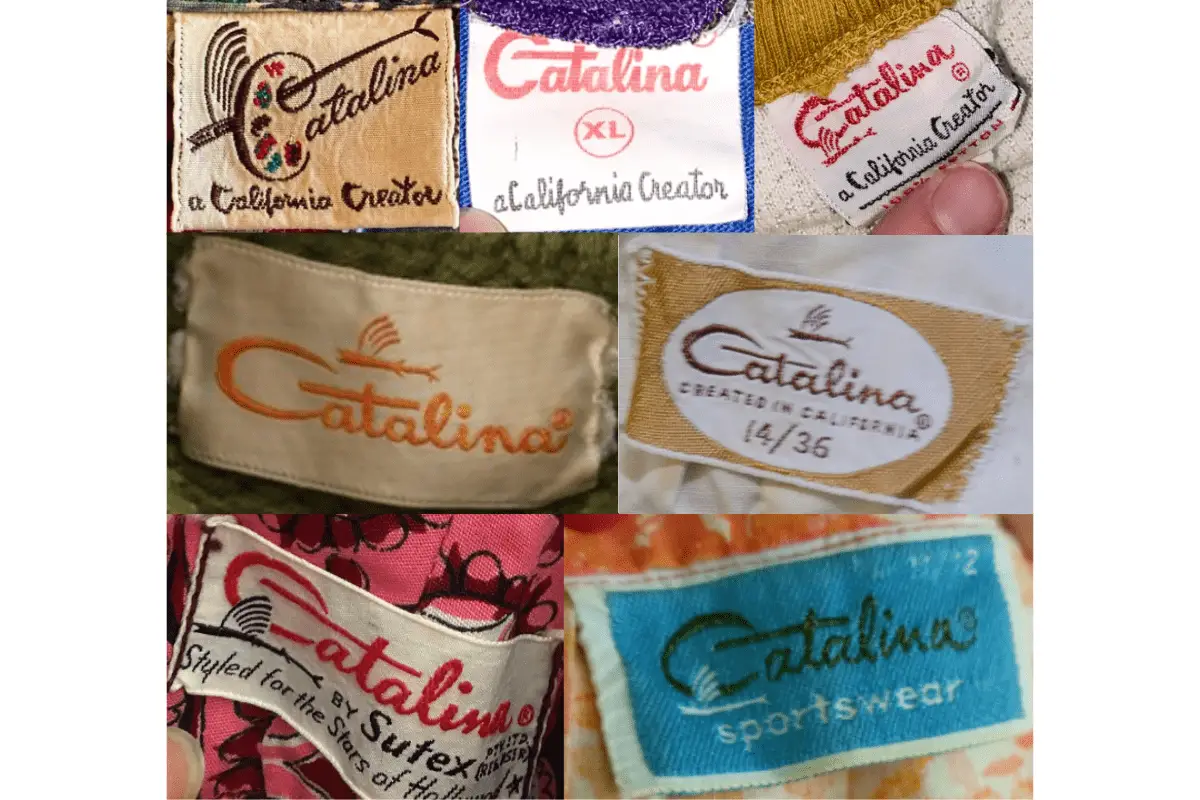
1950s Catalina tags
1960s vintage Catalina tags
- Tags from the 1960s show a transition towards modern design elements.
- Incorporation of “California, U.S.A.” prominently displayed.
- Use of more varied color schemes and fonts.
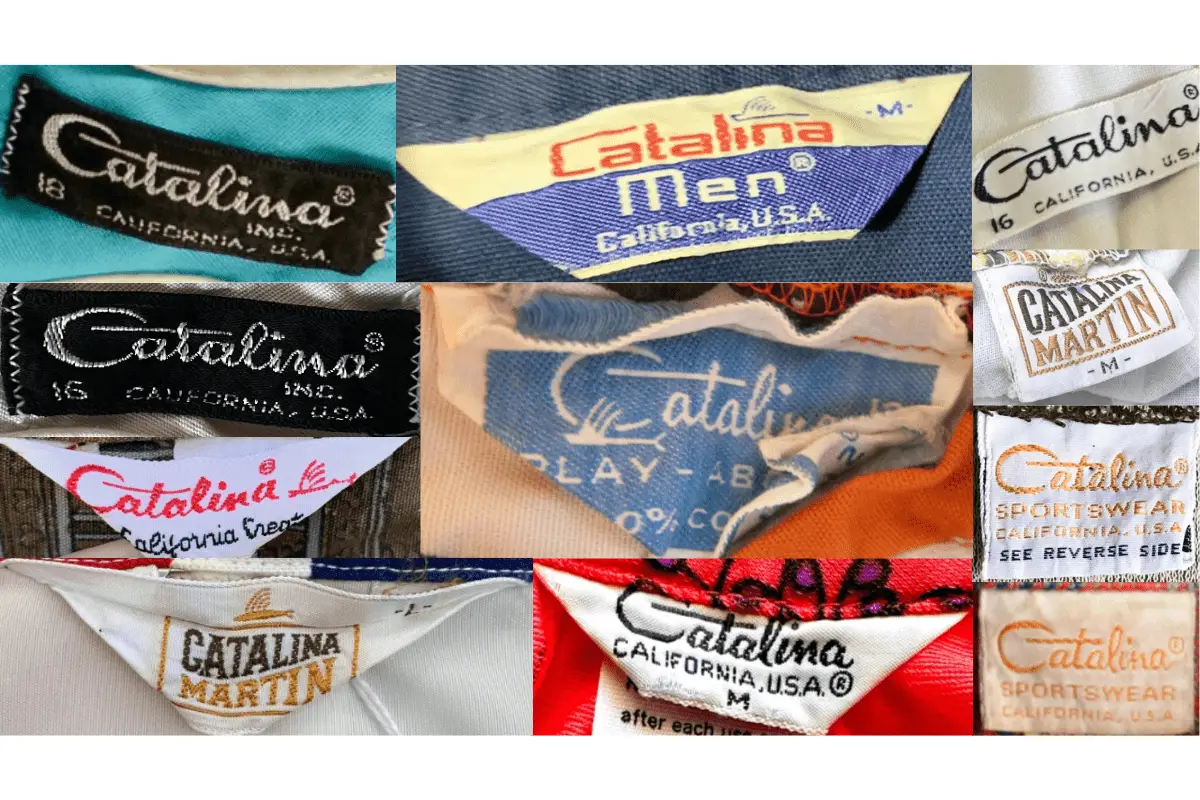
1960s Catalina tags
1970s vintage Catalina tags
- Reflects the evolving fashion trends with brighter colors and bolder fonts.
- Often includes the “Catalina” name with clear, modern typography.
- Tags might include additional information about the garment or fabric.
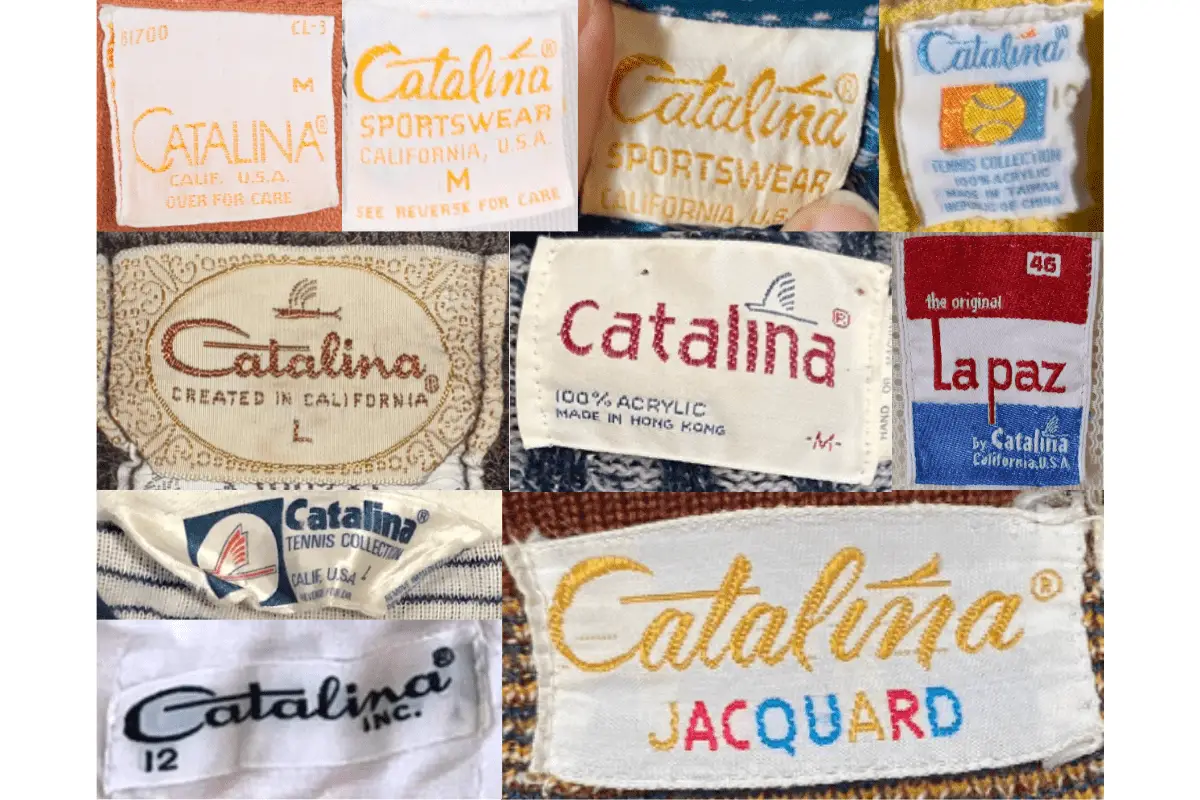
1970s Catalina tags
1980s vintage Catalina tags
- Tags often feature a minimalist design with bold fonts.
- Incorporation of “Catalina” with “Made in U.S.A.” is common.
- Introduction of new tag shapes and layouts, reflecting contemporary fashion trends.
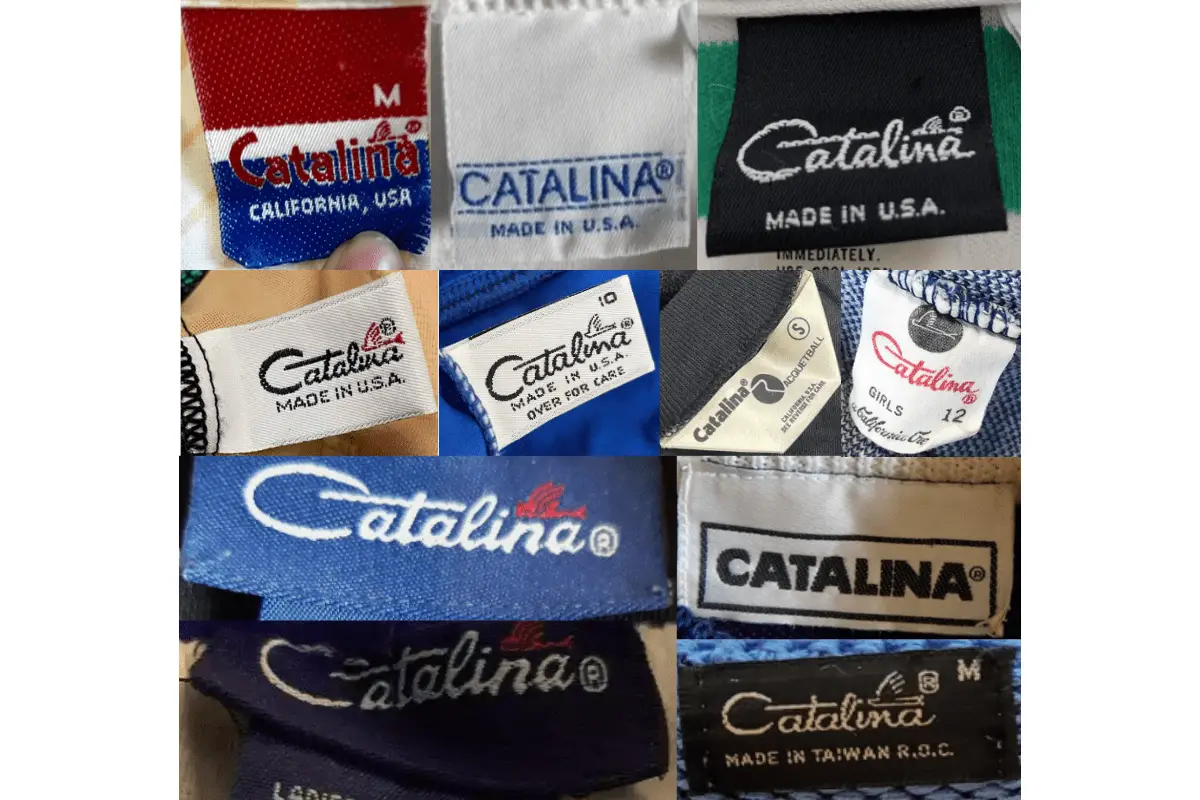
1980s Catalina tags
1990s vintage Catalina tags
- Tags display a more simplified and streamlined design.
- Frequent use of bold, block lettering for the brand name.
- Tags might include additional branding elements or slogans.
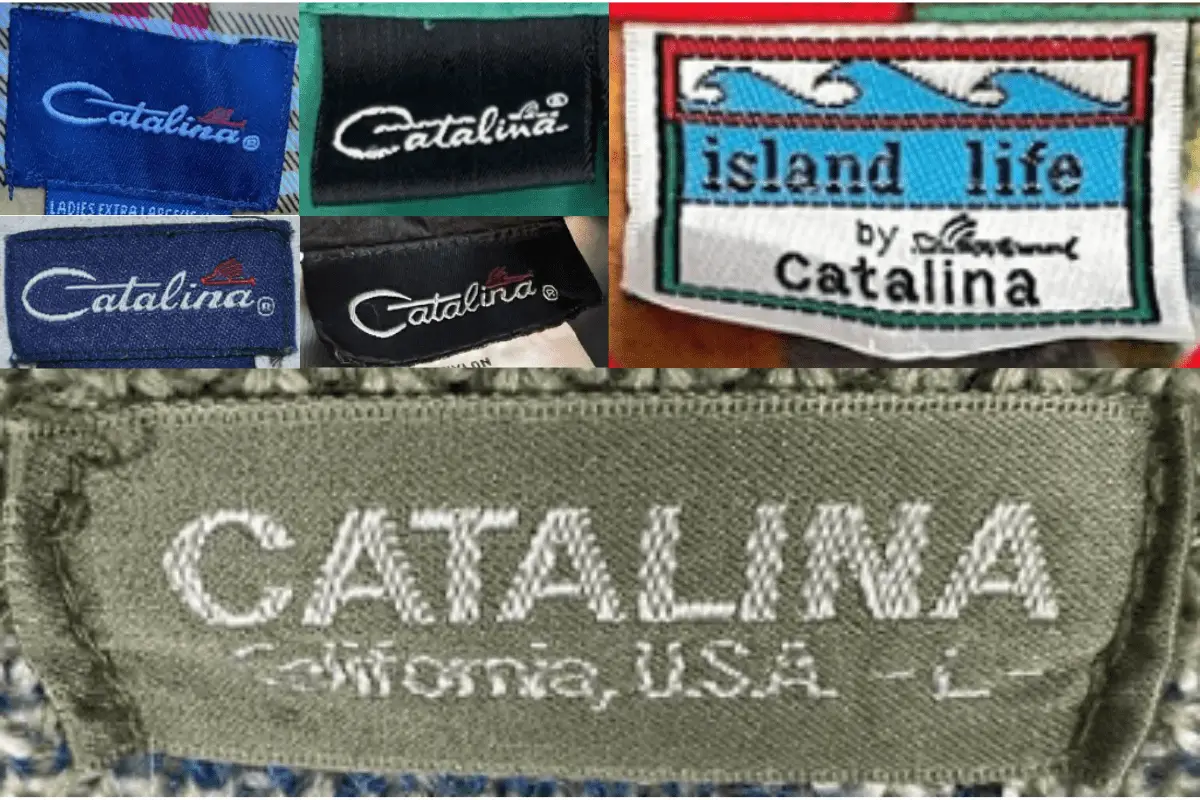
1990s Catalina tags
